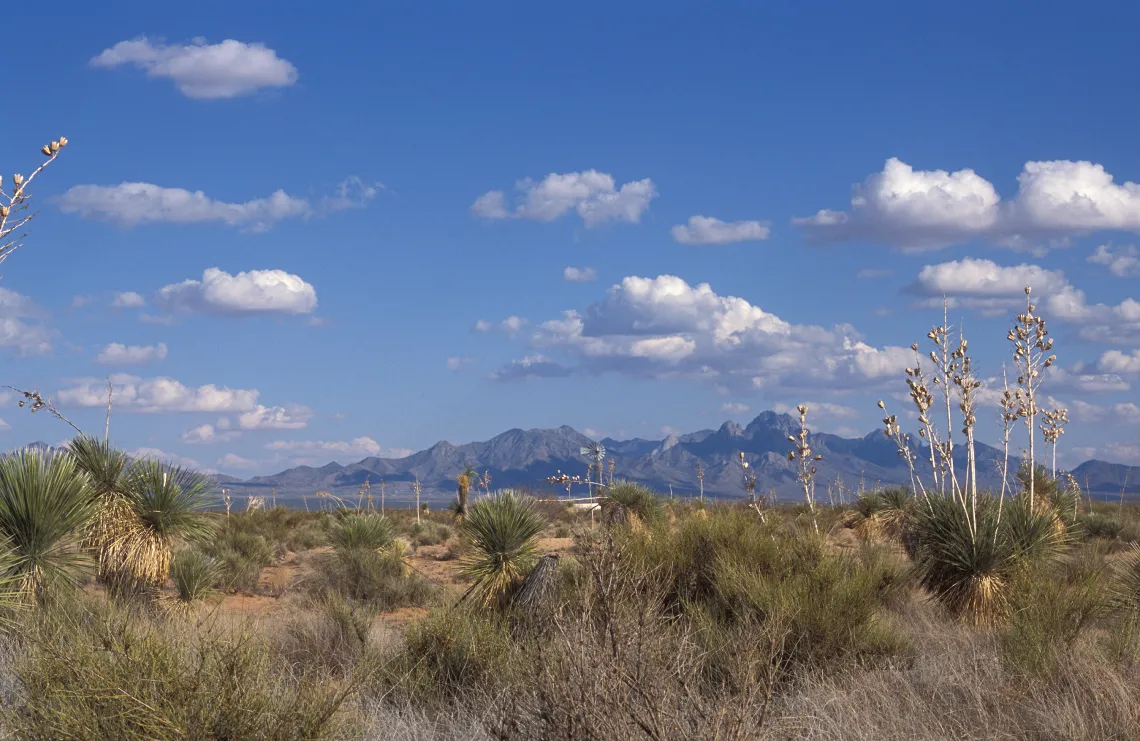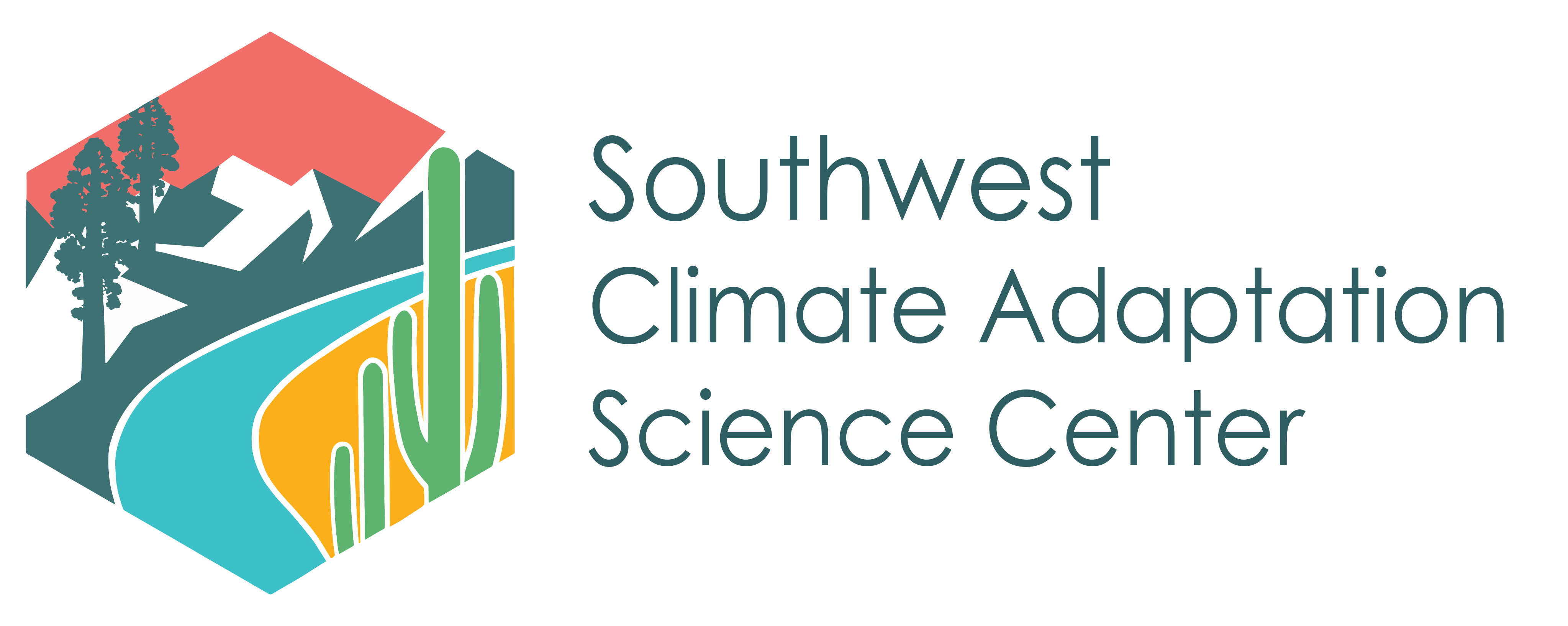Practitioners Gather to Build Integrated Climate Adaptation Network in the Southwest

The Southwest U.S. is the hottest and driest region in the country. As climate conditions change, existing challenges that have shaped and defined the landscape - such as water availability, drought, and wildfire - are being exacerbated and placing increased stress on ecosystems and human communities alike. Reduction in the snowpack that feeds the region’s largest rivers, larger and more severe wildfires, and widespread tree die-off, due to persistent drought and bark beetle outbreaks, threaten the Southwest’s ecosystems, infrastructure, and economies.
As the threats posed by climate change become more clear, the field of adaptation has grown both within and outside government, in national and international arenas. Climate adaptation aims to make communities and ecosystems less vulnerable and more resilient to ongoing climate impacts. Because the challenges associated with climate change cross the boundaries of different sectors and communities, it is becoming increasingly clear that effective adaptation will benefit from coordination among diverse groups, ranging from land managers, private land owners, and tribes to public health professionals, local governments, and the business community. However, because many of these groups don’t typically collaborate, they may have no apparent mechanism for doing so, and might lack incentives start.
As a first step toward building partnerships across the region’s community of adaptation practitioners, the Southwest Climate Adaptation Science Center (SW CASC) and the Center for Climate Adaptation Science and Solutions (CCASS) hosted the inaugural Southwest Adaptation Forum (SWAF) in October 2018. The workshop, held at the University of Arizona’s Institute of the Environment, brought together over 100 climate adaptation and assessment practitioners, from a range of sectors across the region, to share and exchange information on best practices, while laying the groundwork for building a network dedicated to integrated, community-based climate adaptation. Keynote speakers included Dr. Susanne Moser, an internationally-recognized adaptation expert, and Dr. Richard Moss, who is currently leading an effort to build a civil society-based climate assessment consortium.
Attendees represented federal, state, and local government agencies, tribal nations, and non-governmental organizations, and were from an array of sectors including public health, natural resource management, business, and academia. The workshop was centered on expert panel discussions on the state of adaptation practices within tribal lands and communities, working lands and public lands, the wildland-urban interface (WUI), the built environment, and public health. Through these panels and the discussions that followed, participants from diverse areas of expertise were able to identify shared challenges, knowledge gaps, and lessons, as well as opportunities for future collaboration. A central theme that continually rose to the surface was the need to work together to create resilient communities.
Key Takeaways from the Southwest Adaptation Forum:
● Integration: Different forms of knowledge should be represented in the adaptation planning and implementation processes.
● Coordination: Although there are a lot of small adaptation efforts underway across the landscape, these efforts would benefit from increased coordination.
● Leveraging: Increased partnerships and leveraging of existing partner activities could support landscape-scale adaptation.
● Knowledge Sharing: Communities that are seeking to implement adaptation actions can learn from “tested practices,” that have proven successful in other communities. At the same time, it’s important to keep in mind that what works in one location may not work in another.
● Community Engagement: Community leaders, members, and organizations should be key players in the conversation. For example, many ranchers have generations’ worth of knowledge about how to adapt land management practices to arid land weather variability.
● Local Data: There is a need to establish baseline conditions at the local scale and evaluate changes over time, including through citizen science. The ongoing assessment of conditions is important for evaluating progress in reducing risk.
● Inclusion of Tribal and Underrepresented Partners: It is important to learn from the traditional managers of the land and to proactively include underrepresented groups in adaptation planning and implementation.
At the workshop’s close, progress had been made towards building new relationships, strengthening existing partnerships, identifying important gaps in networks, and generating momentum for future engagement -- positioning the emergent SWAF network to move forward on the path towards effective climate adaptation.

